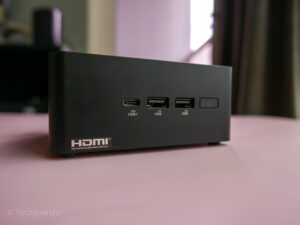If you are a mobile photography buff who lusts after the Japan-exclusive Leica Leitz Phone 3, know that the Sharp Aquos R8s Pro, which looks and feels like the much-touted phone, will be available in Singapore from June 3.
The new Sharp phone does not have the famous red-dot logo. Still, on closer look, it makes you wonder if you’re holding a similar phone as the Leica model.
There are good things to love about the Aquos R8s Pro, going by a quick hands-on I had yesterday at a Singapore media event.
The 47.2-megapixel 1-inch sensor in the phone gets top billing here, and together with the 19mm (full-frame equivalent) f1.7 lens, it promises a superior imaging performance.
Separately, the Aquos R8s Pro has a 13-megapixel front-facing camera for selfies, which should be good enough for most users.
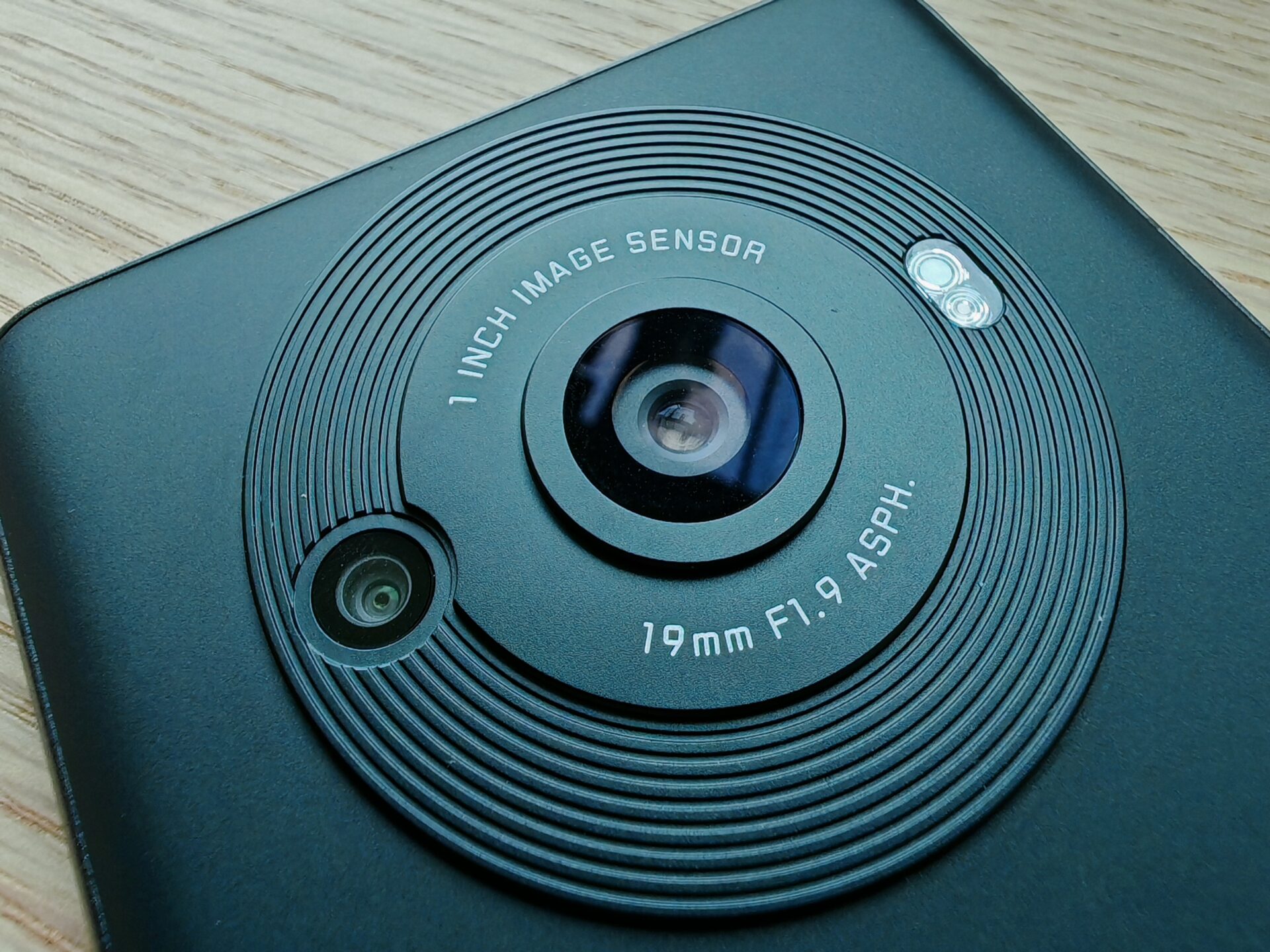
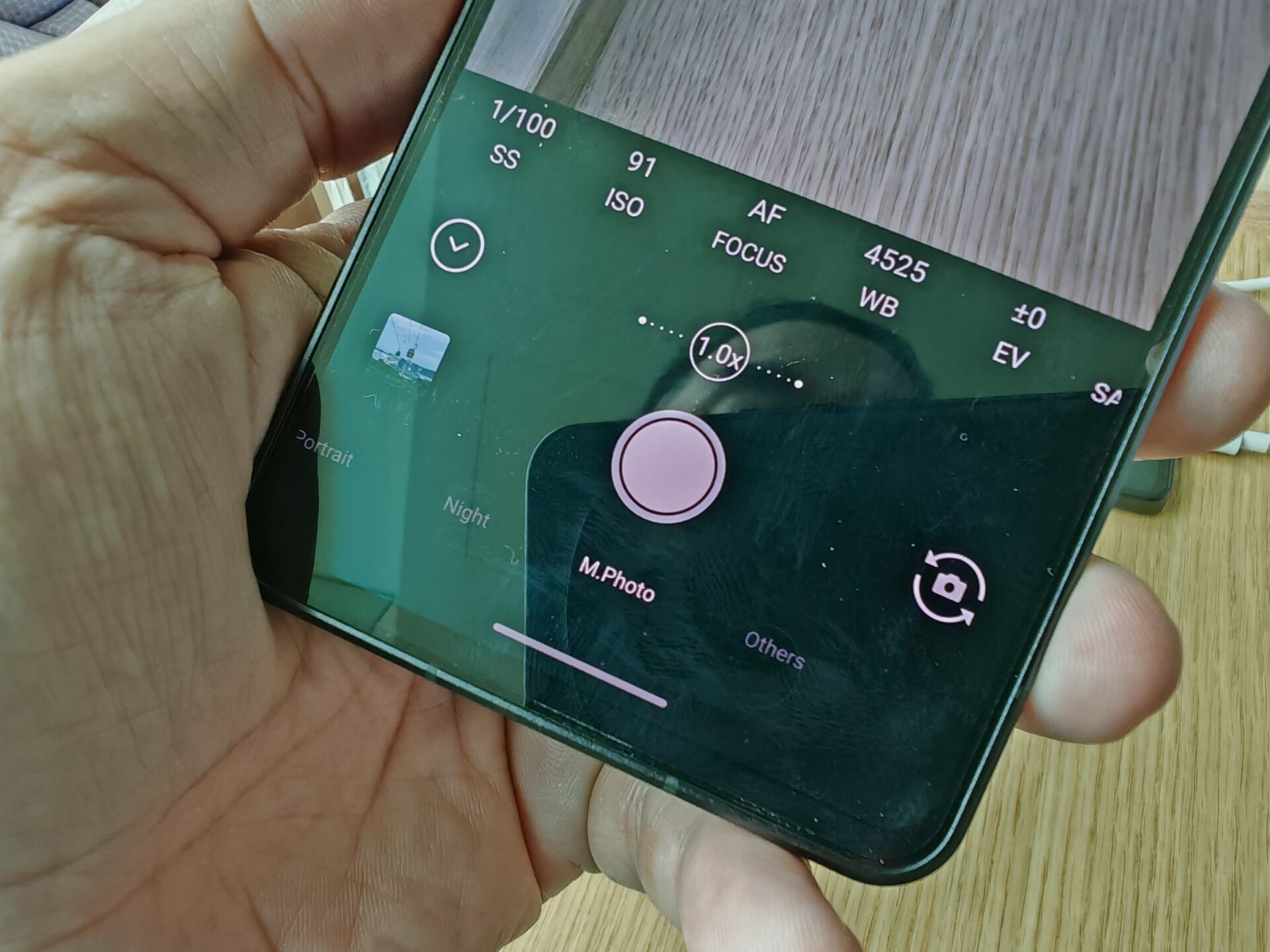
Unlike other premium smartphones, the Aquos R8s Pro has only one ultrawide-angle camera. For 1x and zoom, Sharp has utilised the sensor’s high megapixel count to crop in while maintaining image quality.
The Aquos R8s Pro camera controls remind me of the Huawei-Leica smartphones of old, which were clean, simple and easy to navigate.
The new Sharp phone also has a “starry sky” mode to capture the night sky and a fireworks mode for photographing, say, New Year’s Day fireworks. How good these modes are remains to be seen, so wait for our full review.
What I’m more certain about is the new phone’s 6.6-inch FHD+ screen. Powered by Sharp’s Pro IGZO OLED technology, it offers a maximum refresh rate of 240Hz and a brightness peak of 2000 nits.
Images on the screen seem slightly more natural-looking than many rivals, without being overly sharp. It is a pity that the bezel around the screen is a bit thicker than the competition.
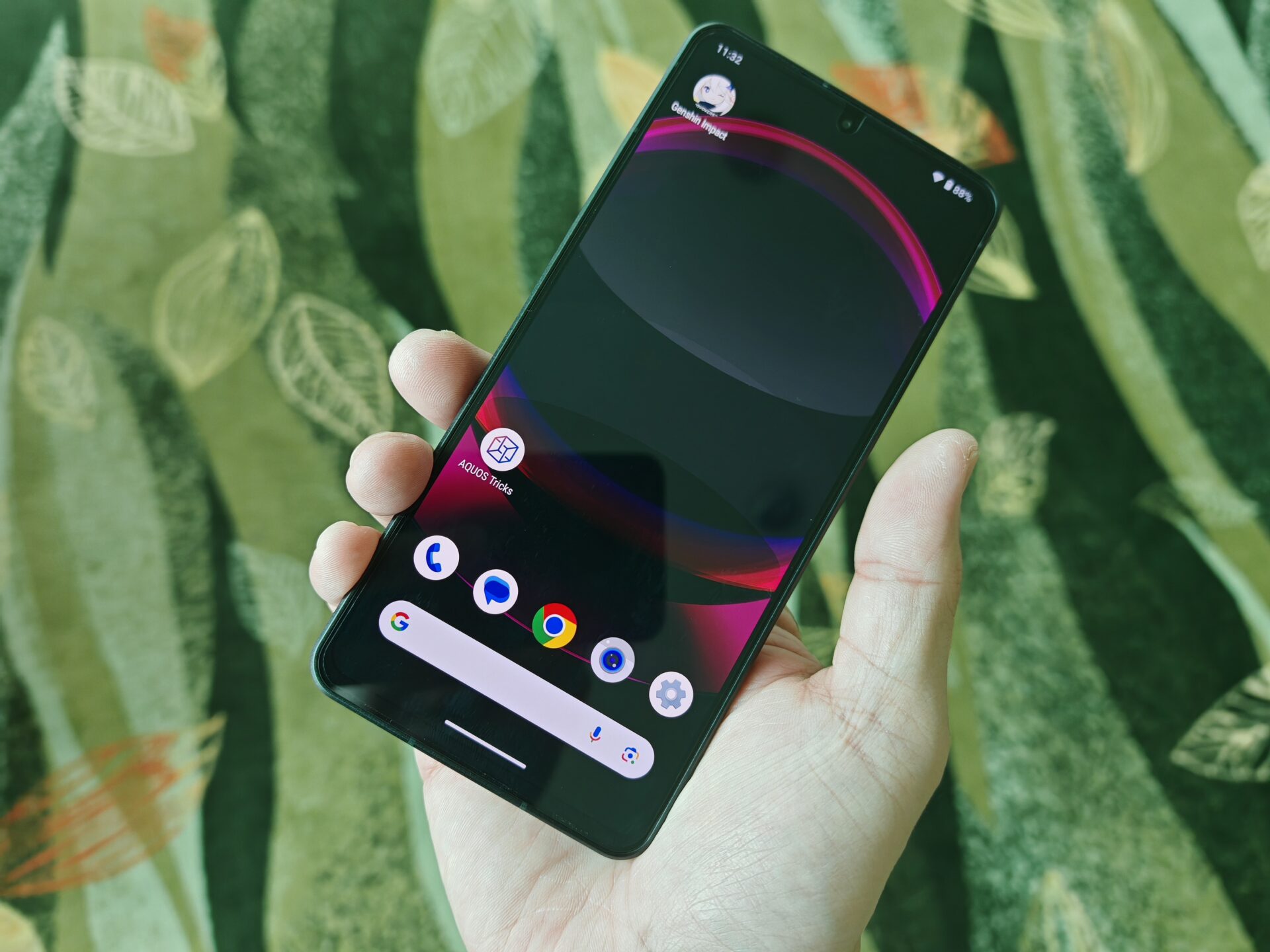
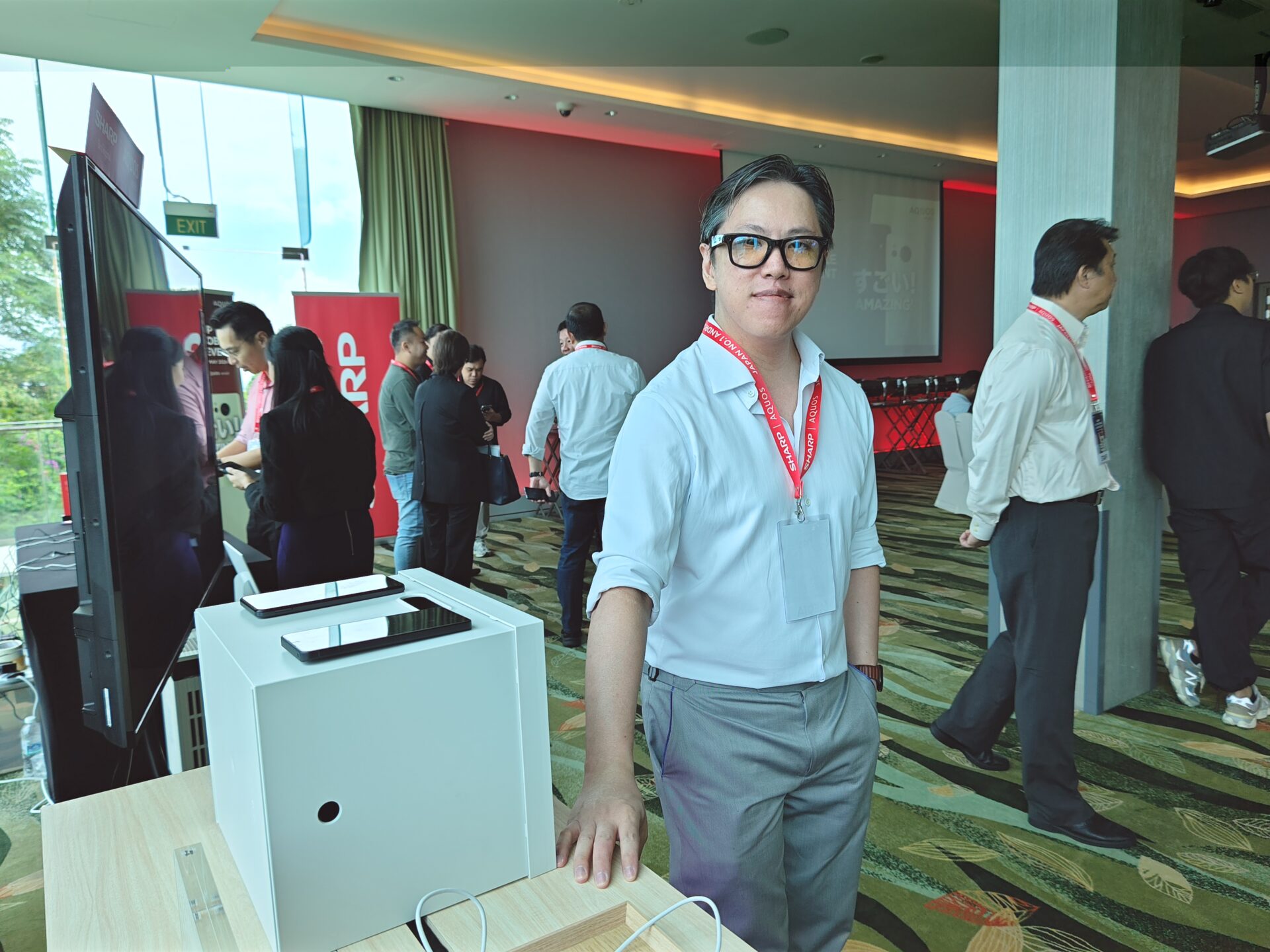
The plastic cover on the back of the phone, while making the phone one of the lightest flagships around at 200g, might also make the feel less premium for some users. At least it’s bucking the trend for heavier phones.
To make the R8s Pro a true entertainment powerhouse, it is certified to be Dolby Vision and Atmos ready for a more immersive audio-visual experience.
Also onboard is a rarity in today’s flagship phones—a 3.5 mm phone jack, allowing you to enjoy your favourite wired headphones while on the road. Despite having a headphone jack, the phone is IP68 rated so it is still a robustly built device.
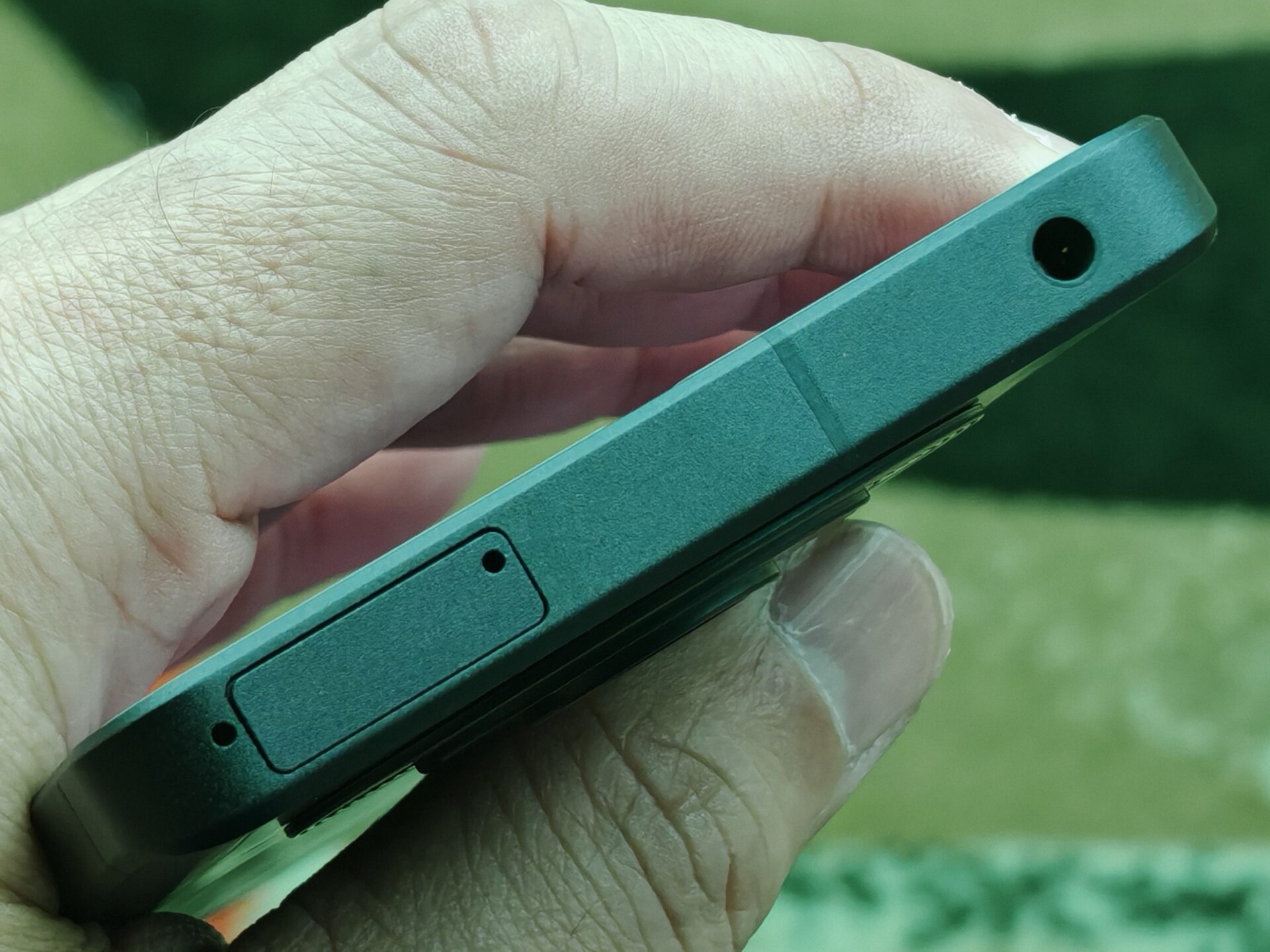
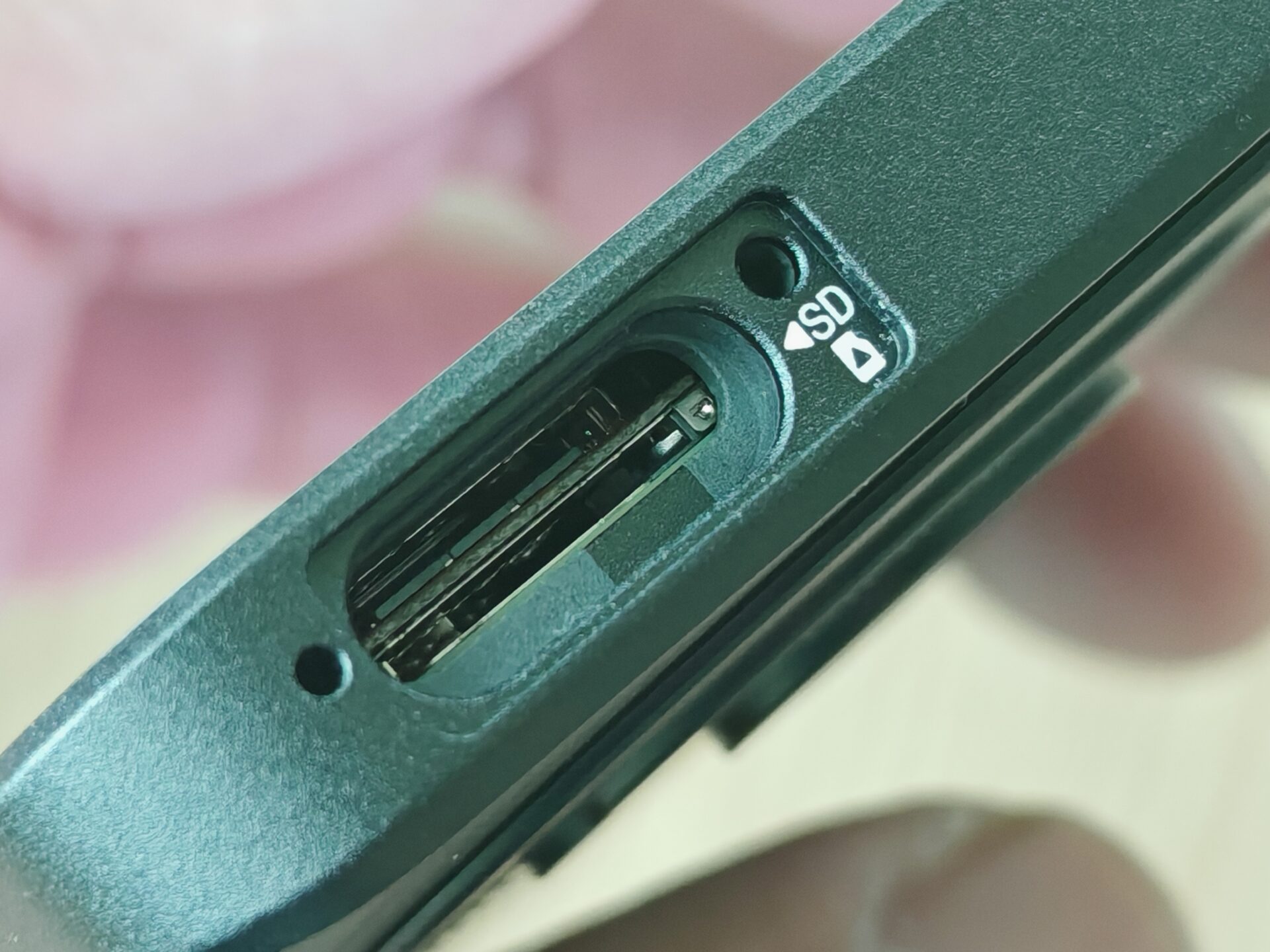
The bad news is that Sharp’s flagship offering lags behind other makers in its processor, by using the older Qualcomm Snapdragon Gen 2 chip. Samsung’s Galaxy S24 Ultra, out earlier this year, uses a Snapdragon Gen 3.
That said, the Sharp phone may not have the latest chip, it packs in a hefty 12GB of RAM. This suggests that it should still run most apps, including photo and video editing, smoothly. A few rounds on some demanding games should not be a problem, either.
On the downside, the Aquos R8s Pro only has 256GB of internal storage. Still, thankfully the phone’s ability to use an SDXC MicroSD card to boost storage space of up to 1TB is a useful feature badly missed in today’s flagship smartphones.
To be sure, Sharp’s “Leica phone” might not be pack in all the latest in smartphone technology. However, it sports long-forgotten features that were once popular, which could help it find a niche among users like photo buffs and audiophiles.
The Sharp Aquos R8s Pro costs S$1,299 in Singapore and will be available for S$1,099 with the current pre-sale promotion.
CLARIFICATION at 30/05/2024, 5:25pm: An earlier version of the article stated that the Leica Leitz phone was based on the Sharp R8s Pro. This new Sharp phone has similar hardware to its earlier R8 Pro launched in Japan last year, which is widely reported to be the foundation for the Leica phone. However, Sharp, through its PR agency in Singapore, has told Techgoondu that the German imaging company is not involved in the development of the new R8s Pro.
